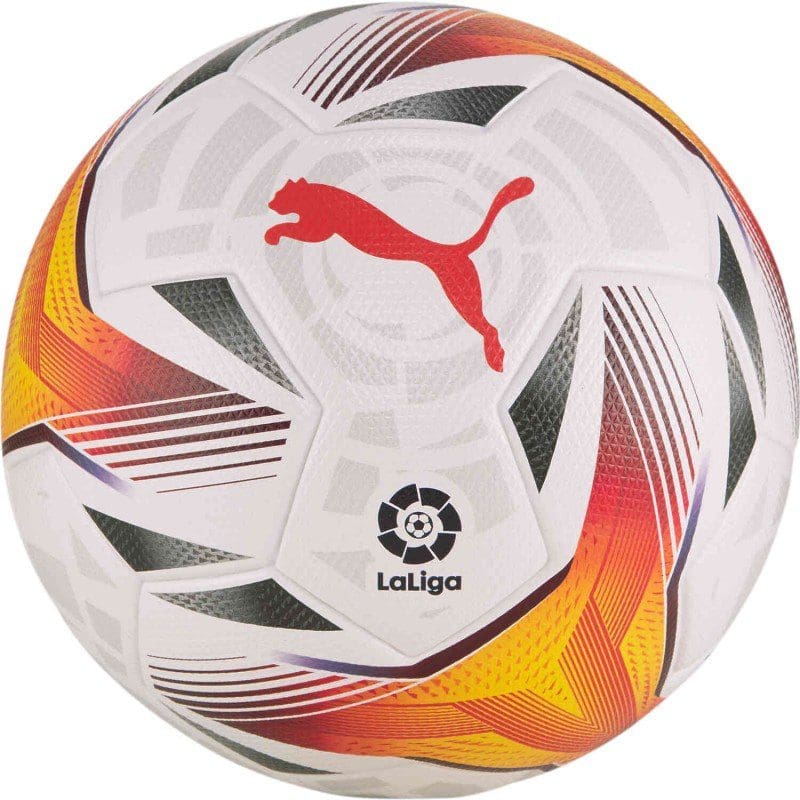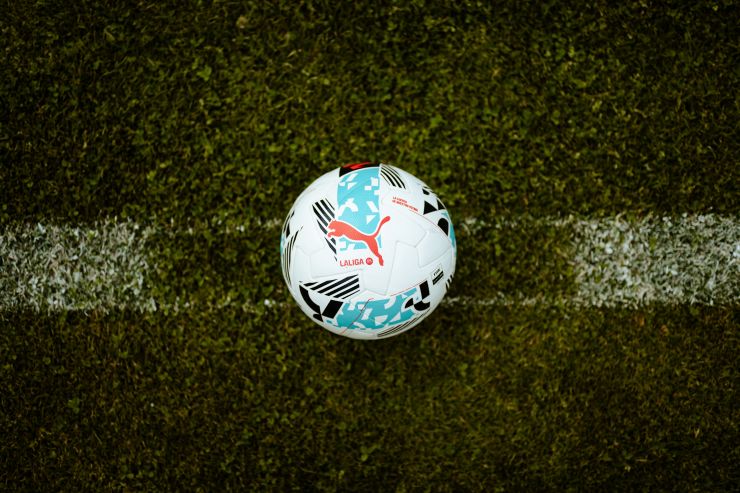Man, let me tell you, buying what you think is a simple soccer ball turned into a total headache. It all started when my neighbor’s kid, little Mikey, challenged me to a street game. He’s about ten, thinks he’s Messi, and absolutely insisted that we needed a “proper” La Liga ball—not one of those cheap yard toys. I tried to argue, saying a ball is a ball, but he just gave me that look that only a ten-year-old master manipulator can manage.

I figured, how hard could it be? I pulled out my phone right there on the curb, tapped open the shopping app, and typed in the exact name of the current La Liga match ball. I saw a listing that looked decent, promised “Official Match Replica,” and was priced low enough that I wouldn’t feel stupid if it got kicked into the bushes forever. I slapped the buy button, confirming delivery for two days later. Easy peasy.
When the package finally showed up, I ripped it open, half-expecting to hear the roar of a stadium crowd. What I actually unwrapped was a slightly deflated piece of plastic that felt less like leather and more like a cheap shower curtain. I pumped it up, and within three kicks, it had lost its shape. It wasn’t round; it was vaguely egg-shaped. Mikey took one look at it, gave it a hesitant nudge with his foot, and just walked away, shaking his head. I had just wasted fifty bucks on inflatable junk.
The Great Ball Investigation Begins
That failure lit a fire under me. It wasn’t about the money anymore; it was about principle. I was determined to get a real ball, or at least the best possible version that wouldn’t cost me a month’s rent. I spent the next three days diving deep into forums—the kind of places where people argue about valve pressure and panel symmetry. I compared materials, tracked down manufacturer codes, and quickly realized that the online marketplace is a minefield of “replicas” that are basically high-end balloons.
My biggest mistake was trusting the term “Replica.” I learned the hard way that there are usually three tiers, and you need to know which one you’re grabbing:
- Official Match Ball (OMB): The real deal. The texture, the feel, the price—it’s astronomical.
- Top Training/Match Quality: This is the sweet spot. It uses higher-quality materials, holds air forever, and plays beautifully, but doesn’t have the insane price tag of the OMB.
- Replica/Fan Ball: The cheap plastic egg I bought first. Great for displaying, terrible for playing.
I scoured official sports retailer sites, carefully reading the tiny print under the product photos. I zeroed in on balls listed as “Pro Training” or “Official Weight,” specifically looking for the ones that mentioned thermal bonding instead of simple stitching—that’s the key to keeping the shape. I also noticed something sneaky: the size. Many cheap balls come in size 4, but La Liga standard is Size 5. I almost slipped up there again.

I finally pulled the trigger on a recognized brand’s “High-Performance Training Ball” which visually matched the OMB design. It cost about double the junk ball, but still half the price of the official match ball. I waited anxiously, hoping I hadn’t been duped twice.
When the second ball arrived, I could tell the difference instantly just by holding the box. It had weight. I took it out, inflated it slowly, and ran my hand over the texture. It was rough, grippy, and perfectly round. I took it straight out to the pitch and kicked it around. It flew true, settled nicely, and made that satisfying thwack sound. Mikey came over, skeptically examined it, and after one solid strike, he just nodded. Success. The journey was frustrating, but it yielded five solid rules I won’t ever break again.
Here are the 5 things I learned the hard way (Get 5 tips now)
This whole mess of spending money and getting fooled taught me that you can’t just trust the picture or the name. You have to be specific. If you’re trying to buy a decent La Liga (or any league) ball without setting money on fire, start here:
Tip 1: Ignore “Official Replica.”
Focus on the construction method. If the description says “machine stitched,” run away. You want to see “thermal bonded” or “hand stitched.” Thermal bonding is what the pros use; it keeps water out and maintains the sphere shape for ages.

Tip 2: Check the Panel Count and Material.
The standard match ball is usually 32 panels, or sometimes the newer 12 or 14-panel designs. More important is the outer material. If it’s pure PVC (plastic), it’s cheap. Look for PU (polyurethane) or synthetic leather. That’s the good stuff that feels like a real ball, not a bouncy castle.
Tip 3: Confirm the Size and Weight.
For adult play (or serious kids over 12), you must get a Size 5. Also, check for “official weight” or a weight specification around 410-450 grams. If it feels too light, it’s not going to fly right.
Tip 4: Avoid Marketplace Sellers. Go Direct.

I got burned by a third-party seller on a giant platform. They mix fakes in with real listings all the time. If you want reliability, buy from the official brand website, or a major, established sporting goods chain that has brick-and-mortar locations. They have reputation to protect.
Tip 5: Look for the Valve Quality.
This is a detail most people miss. Look for a butyl bladder (the inner part that holds the air). If the valve looks thin and plasticky, the air will leak out faster than you can yell “goal!” A good butyl valve holds pressure for months. I compared the two balls side-by-side; the cheap one had a flimsy plastic stem, the good one had a solid, rubberized seal.
So yeah, I spent a week trying to buy a football. But now I know exactly what I’m getting, and Mikey finally respects my selection. Worth the hassle? Absolutely. Now go apply these steps and don’t end up with an egg-shaped disaster like I did.
